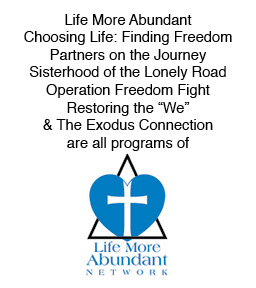Every once in a while an old client calls up out of the blue to make an appointment to see us. Unfortunately, they rarely call because they just want to stop by and tell us how great they’re doing.
The scenario is almost always the same. They arrive. We chit-chat cheerfully for a few moments and then either Bruce or I ask “so what brings you here today?” The mood of the room instantly changes and a cloud rolls in. The client begins to fidget and look down at the table and eventually blurts out that they have recently slipped back into some of their old compulsive behaviors. They go on to say that after finishing the recovery group or counseling they had done with us they had been doing very well for months—many even for years. They were feeling good about how far they had come and really believed the addiction was behind them . . . and then . . .
As we go on to talk about what lead up to the “and then,” their story again begins to sound familiar. Little by little they stopped doing the things that they had discovered would take the power away from old triggers and keep them on the path to a healthier, addiction-free life.
It was rarely planned and seldom intentional. It was almost always a decline by degrees. In fact, most individuals weren’t even fully aware that they had wandered off the path to freedom until it was too late.
We have found that the Road to Relapse has three key warning signs:
1. REDUCED ACCOUNTABILITY – a return to old isolation
2. MORE SECRETS – a return to old thoughts
3. ENTITLEMENT – a return to old behaviors
Almost without exception, one or more—and often ALL—of these warning signs are evident each time someone experiences a relapse. Learning to recognize and rectify these important issues is a very important part of addiction recovery. Join us this week as our upcoming posts take a closer look at each of these warning signs, one by one.
“Give careful thought to the paths for your feet and be steadfast in all your ways.”—Proverbs 4:26



Leave A Response